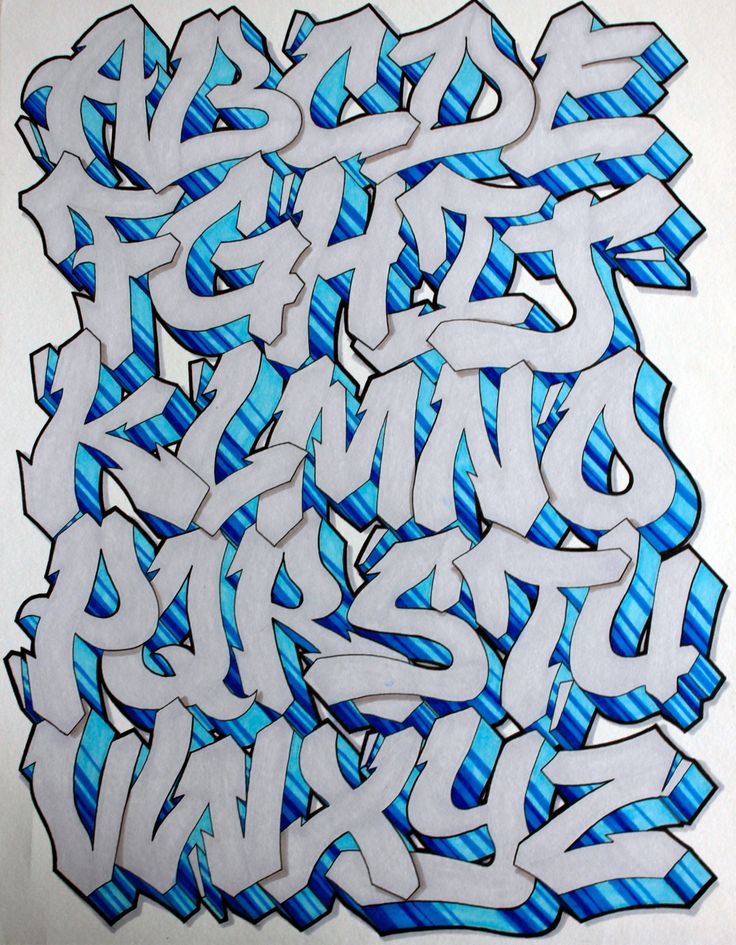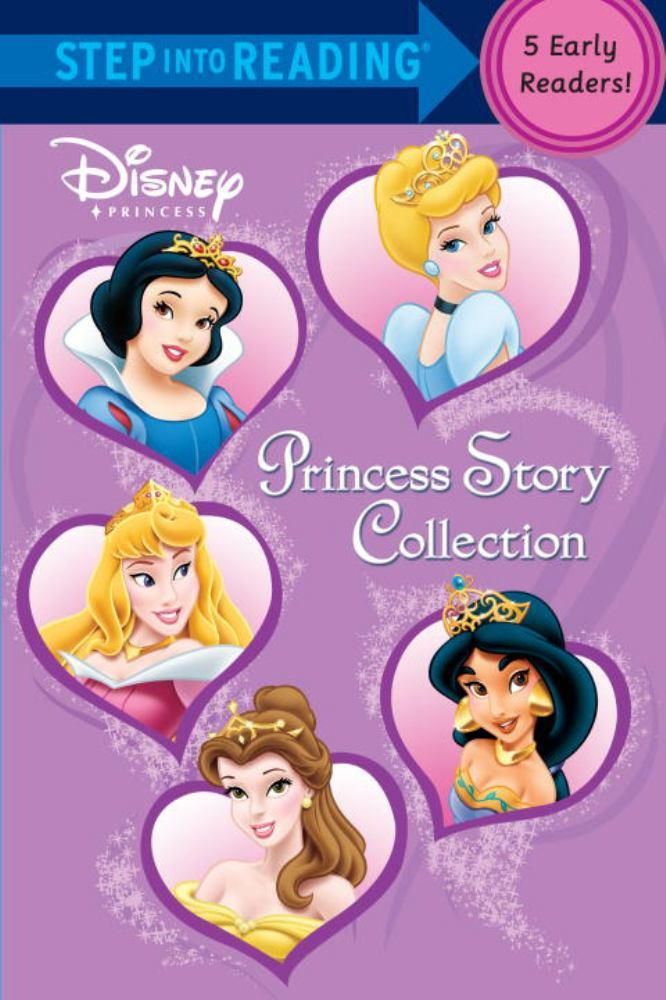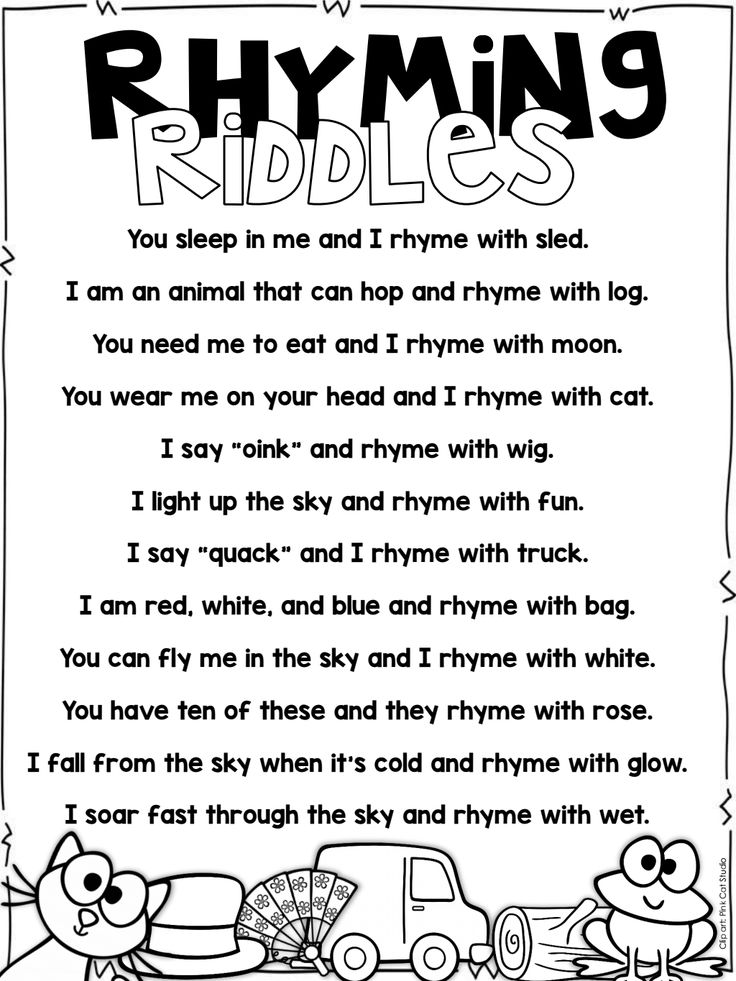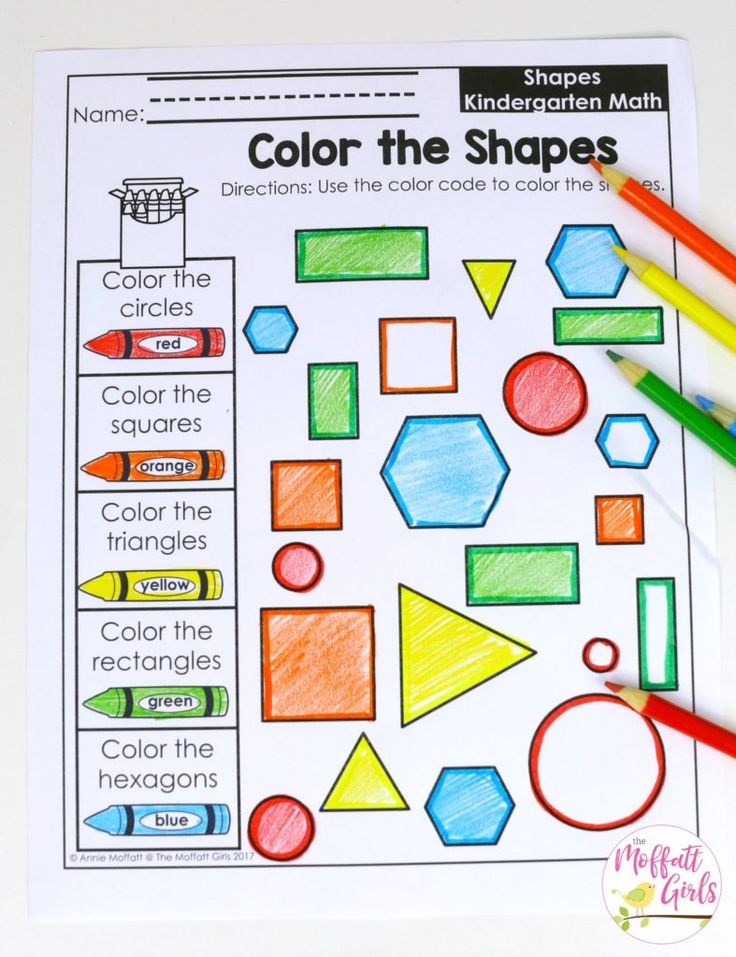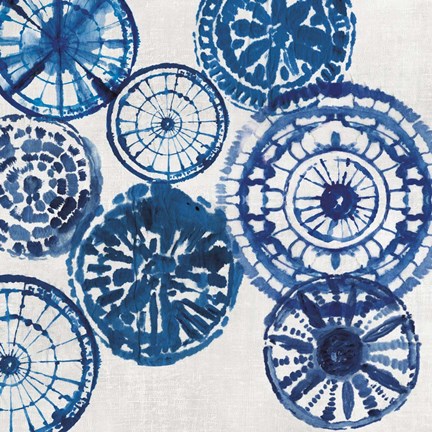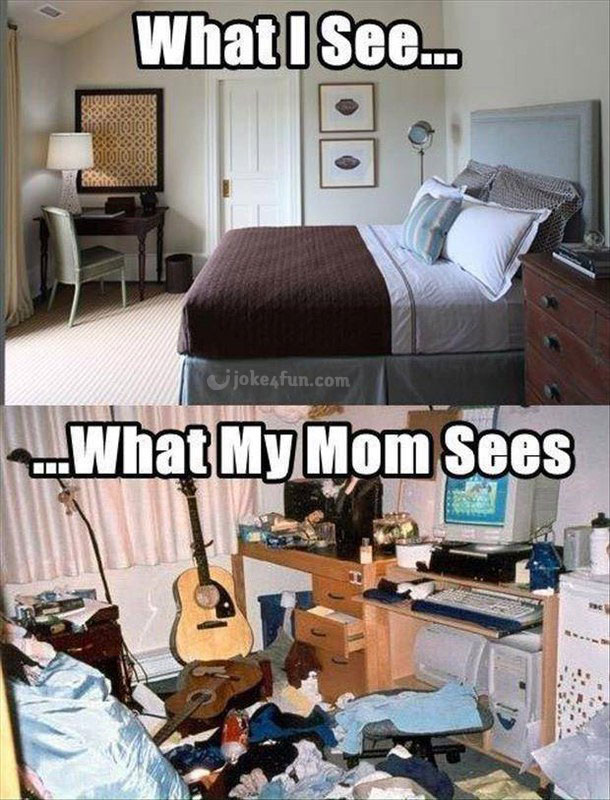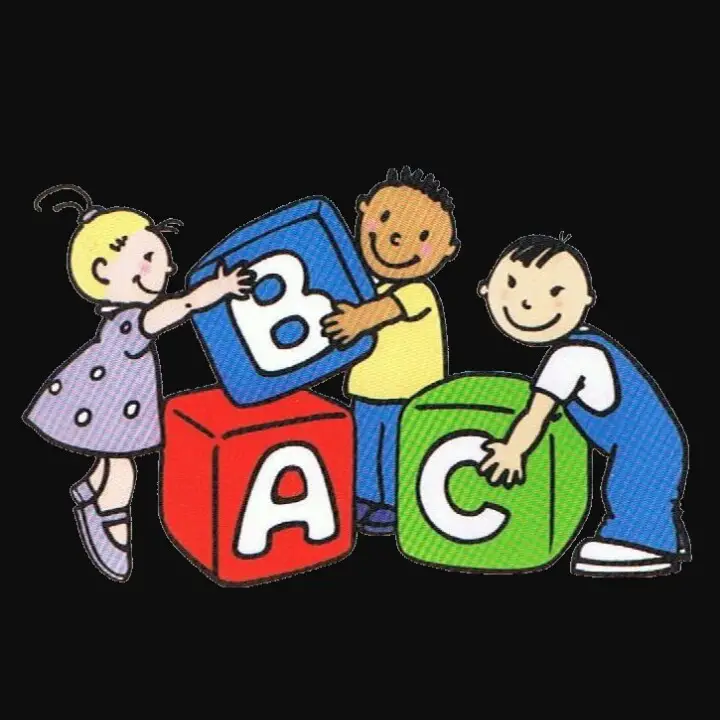Animated story for children
Animated Video Stories for kids and kindergarten
Change Language:
Home
Stories Main
Games
Link to Us
Refer This Page
Home
Stories Main
Games
Link to Us
Refer This Page
General Animated Stories
Little Otter Learns to Swim
Hansel and Gretel
Rapunzel
Magic Pot
The Snow Queen
The clever Monkey story
The Horse and The Snail
The Little Mermaid
Cricket at the Zoo
The Magical Slippers
Elephant And Dog
Wood Pecker, Deer And Tortoise
The Fox and the Tiger
Animated Video Fairy Tales
Aladdin
Cinderella
Little Red Riding Hood
Hare and the Tortoise
Beauty and the Beast
Three Little Pigs
Alice in Wonderland
Thanksgiving
Christmas
Happy New Year 2023
Benefits of Yoga for Kids
Stories for Kids
School Projects & Homework Help
- Thanksgiving
- Christmas
- Happy New Year 2023
- Good Morning Images for WhatsApp
- Moral Stories
- Benefits of Yoga for Kids
- Monthwise Calendar Wallpapers
- Singhasan Battisi
- Horror stories
- Indian Mythology stories
- School Projects
- Diwali
Stay Updated! Signup for the KidsGen Newsletter:
Try out the other sections
- Home
- Comics
- Recipes
- Crafts
- Pets
- Fun
- Party Ideas
- Rhymes and Poems
- School Projects
- Fables and Fairytales
- Games
- Stories
- Events and Holidays
- Facts Magic
- Hobbies
- Tell Me Why?
- A-Z of Animals
- Continents
- Moral Stories
- Indian Mythological Stories
- Back to School
- Link to us
Sikh Animated Stories for Kids
Skip to main content
Story of Bhai Kanhaiya Singh
The Ancient One & Guru Arjan Dev
Guru Nanak & The True Prayer of God
Guru HarKrishan & The Greatest Superpower
Dream Big Little Kaur
Guru Tegh Bahadur & Makhan Shah
Guru Nanak and the Cannibal
Saka Sirhind - Chhotey Sahibzade Young Heroes Sacrifice
Guru Tegh Bahadur Gives His Head
Be Brave My Love
Bandi Chhor ~ Guru Frees The Captured
Secret To All Happiness And Success, Part 2: Good And Kind
Secret to All Happiness and Success — Part 1: Jagjit's Mysterious Book
Ajeet Singh: The Invincible Lion
Guru Arjan Dev Sacrifices for Truth
The Stillness of Sri Teg Bahadur
Guru Gobind Singh and the Lesson of Seva
Singh The Lion Chants Waheguru
The Birth of Gobind Rai
GurGaddi: Panth & Granth
Diwali – A Festival of Light
Bhoomi Daku's Promise
The Sweet Labor of Lalo
Can Trees Grow Overnight? (Punjabi)
Baba Farid & The Sweet Naam
Gold and the Injured Foot (Punjabi)
The Earthquake Vs The Power of Prayer
Can Trees Grow Overnight?
Guru Nanak and Brahmans
The Pink Boots
Gold and The Injured Foot
Guru Nanak and the Queen of Black Magic
Five Fingered Family
The Coming of Guru Nanak
Guru Nanak and the Boulder
Team Khalsa - Save The Langar
Guru Nanak & the Two Villages
Guru Nanak and the Flying Carpet
Vaisakhi Birth Of Khalsa
Going Blind
The Sage & His Stuff
Langar Disguise
The Brahman's Purest Food
Guru Gobind Singh ji's Arrows
Guru Teg Bahadur and the Magical Land
Kaur - A Story of Courage and Equality
Guru Amardas Is Missing
The Big Beautiful Light and Me
The Best Musician
The Crocodile and the Priest
Mother Hen and the Wheat
The Yogurt Challenge
The Boy Who Cried Wolf
Dancing Girls of Ceylon
The King and The Slander
Priest and the Fool
Guru Har Rai and the Pot
Court of Guru Har Rai ji
Har Rai ji the gentle
Amar Das ji: Merging with the Guru
Amar Das ji: Farmers Miracle
Amar Das ji: Meeting the Guru
Amar Das ji: The Devoted Bhalla
The Crow's Hassle
God In Every Moment
The Guru, The Emperor And The Grass-Cutter
World Play
Attitude of Gratitude
Listening to the Heavens
It's All Within
The Horse Mind
A Real King
Bhagat Dhanna ji
Gobind Rai and Shiv Dutt
Gobind Rai and the Old Woman
Gobind Rai and the 5 Taps
Bhai Taru's Life of Fearless Love
Bhai Sud
Death's Proud Messenger
The Clever Rabbit
The Thief and Kali
God Provides To All
Offer What is Yours
Bhai Gopal
A Truly Great Man
Bhai Sachan Sach and The Rani
Serving Giant
The Karas of the Guru
Bibi Shanti
Nanak's talk with the Yogis
Creation of Anand Sahib
Adi Momo
Baba Atal Rai
Japji Competition
The Throne of Lahore
Guru Harkrishan and the Brahman
Hari Mandir Sahib and Massa Ranghar
Baba Deep Singh
Ungali Maal and Lord Buddha
Arjan's Love Letters
Akali Phula Singh
The Martyrs Of Amritsar
Who Will Be Fourth Guru?
The True Necklace
The Power of Prayer
Bibi Bhani and the platform
Bhai Lehna's Devotion
Nanak and the River
Nanak Feeding the Yogis
Nanak Measuring Grain
Nanak and the Doctor
Nanak and the Cobra
Nanak and the Corn Field
The Pipal Tree
You are Beautiful
Guru Hargobind and the Tigers
Emperor Akbar and the Guru's Langar
Guru Gobind Singh and the New Musket
The Wise Man and the Bowl of Milk
Nanak and the Thread
Biddi Chand And The Gurus Horses
The Birth of Guru Hargobind
Nanak in School
Humayun and Guru Angad Dev
Prahlaad and Harnaakash
Cartoons are winners of festivals.
You have Javascript disabled. Please change your browser settings.
Children's room ArzamasMaterialsMaterials
Arzamas for classes with schoolchildren! A selection of materials for teachers and parents
Everything you can do in an online lesson or just for fun
Cartoons are festival winners. Part 2
Tales, parables, experiments and absurdity
A guide to Yasnaya Polyana
Leo Tolstoy's favorite bench, greenhouse, stable and other places of the museum-estate of the writer worth seeing with children boys named Petya
Migrants: how to fight for your rights with the help of music
Hip-hop, carnival, talking drums and other non-obvious ways
Old records: fairy tales of the peoples of the world
We listen and analyze the Japanese, Italian, Scandinavian and Russian fairy tales
videos: The ISS commander asks the scientist about space
9000 animation techniquesVR, sunbeams, jelly and spice cartoons
Play the world's percussion instruments
Learn how the gong, marimba and drum work and build your own orchestra
How to put a performance
shadows, reading and other home performance options for children
Soviet rebuses
Well-ups children's puzzles of the 1920-70s
22 cartoons for the smallest
What if you are not six
From "The Wild Dog Dingo" to "Timur and His Team"
What you need to know about the main Soviet books for children and teenagers
A guide to children's poetry of the 20th century
From Agnia Barto to Mikhail Yasnov: children's poems in Russian
10 books by artists
The pages of tracing paper are Milanese fog, and the binding is the border between reality and fantasy
How to choose a modern children's book
“Like Pippi, only about love”: explaining new books through old ones
Verbal games
"Hat", "telegrams", "MPS" and other old and new games
Games from classic books
What the heroes of the works of Nabokov, Lindgren and Milne play
Plasticine animation: Russian school
From "Plasticine Crow" to plasticine "Sausage"
Cartoons - winners of festivals
"Brave Mom", "My Strange Grandfather", "A Very Lonely Rooster" and others
Non-fiction for children
How the heart beats whale, what's inside the rocket and who plays the didgeridoo - 60 books about the world around
Guide to foreign popular music
200 artists, 20 genres and 1000 songs that will help you understand the music of the 1950s-2000s
Cartoons based on poems
Poems by Chukovsky, Kharms, Gippius and Yasnov in Russian animation
Home games
Shadow theater, handicrafts and paper dolls from children's books and magazines of the 19th-20th centuries
Books for the smallest
0 to 5: read, look at, study
Puppet animation: Russian school
Amorous Crow, Imp No.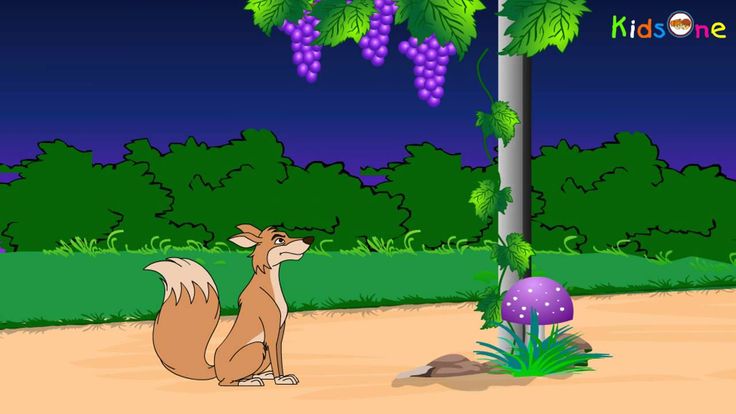 13, Lyolya and Minka and other old and new cartoons
13, Lyolya and Minka and other old and new cartoons
Smart coloring books
Museums and libraries offer to paint their collections
Reprints and reprints of children's books
Favorite fairy tales, novels and magazines of the last century, which can be bought again
What can be heard in classical music by voices,
4 cuckoos and night forest sounds in great compositions of the 18th–20th centuries
Soviet educational cartoons
Archimedes, dinosaurs, Antarctica and space — popular science cartoons in the USSR
Logic problems
Solve the wise men's dispute, make a bird out of a shirt and count kittens correctly
Modern children's stories
The best short stories about grandmothers, cats, spies and knights
why you can't lie down on the edge. Bonus: 5 lullabies by Naadya
Musical fairy tales
How Tchaikovsky, Rimsky-Korsakov and Prokofiev work with the plots of children's fairy tales
Armenian School of Animation
The most rebellious cartoons of the Soviet Union
Dina Goder’s collection of cartoons
The program director of the Big Cartoon Festival advises what to watch with a child
Cartoons about art
How to tell children about art
40 riddles about everything in the world
What burns without fire and who has a sieve in his nose: riddles from "Chizh", "Hedgehog" and books by Marshak and Chukovsky
Yard games
Traffic light, Shtander, Ring and other games for a large company
Poems that are interesting to learn by heart
What to choose if you were asked to learn a poem about mother, New Year or autumn
Old audio performances for children
"Ole Lukoye", "The Gray Sheika", "Cinderella" and other interesting Soviet recordings
Cartoons with classical music
How animation works with the music of Tchaikovsky, Verdi and Glass
How children's rhymes work
"Ene, bene, raba, kvanter, manter, toad": what does it all mean
Funny short stories, paradoxes and jokes, absurdity and conversation on difficult topics: again we talk about the most interesting films, who were awarded at animation festivals
Author Dina Goder
Festival-winning cartoons. Part 1
Part 1
"Brave Mama", "My Strange Grandfather", "A Very Lonely Rooster" and others
One-piece children's short animation is a rarity all over the world: children are mainly targeted by commercial animation - full-length and serial. Neither rentals nor television like single small films, but festivals love them. But the approach to composing children's programs at Western festivals is completely different, not like in Russia, where children's is necessarily bright, hassle-free and fun, at least with a good ending. European animation loves to talk to children about serious things. Yes, and festivals, when collecting programs, include in them not only what was made specifically for children, but also what, in the opinion of the authors of the programs, it will be interesting for them to watch: for example, absurdity that children understand better than adults; horror stories, dashing adventure, stunt or hilarious clown student films. We again chose the brightest works that won prizes at the main animation festivals of recent years For world animation, festivals in Annecy, Zagreb, Ottawa, Hiroshima, Stuttgart, as well as the KROK festival, which began to be held back in the USSR in 1989 year. For Russian animation, the open Russian Animation Film Festival in Suzdal and the Big Cartoon Festival are considered the main ones. In addition, many animated films win prizes at film festivals..
For Russian animation, the open Russian Animation Film Festival in Suzdal and the Big Cartoon Festival are considered the main ones. In addition, many animated films win prizes at film festivals..
ISmall children's stories
Very short cartoons with a funny and clear story - this is what parents especially love and is suitable for children of any age, even toddlers.
"Ant"
Directed by Julia Okker. Germany, 2018
The cycle “Animanimals”, which was created a few years ago and has been filmed by Julia Okker at the German studio Film Bilder, is one of the most beloved in children's programs of any festivals. Witty and unexpected short stories about animals - sloth, octopus, elephant, anglerfish, lion, penguin, etc. - one is better than the other.
"Mr. Night Has a Day Off"
Directed by Ignas Meilūnas. Lithuania, 2016
The film by Lithuanian director Ignas Meilunas was also loved by the children's programs of festivals - it was shot in a very short time and without a budget at all, but witty and in the real scenery of Vilnius. Only Mr. Night, who wants everything to become dark, and Mr. Day, who loves light, are drawn fooling around.
"Raccoon and the Light"
Directed by Hannah Kim. USA, 2018
Hannah Kim, a student of the famous American film school CalArts, got to festivals with two films. In the first, the raccoon finds a flashlight and is amazed at how the dark forest changes from a beam of light.
After School
Directed by Hannah Kim. USA, 2019
Hannah Kim's second film, drawn in a lovely light graphic style, tells the story of a dreamy girl who finds herself a friend on her way home from school.
IIAbsurdity
Cartoons in which there may not be a consistent plot, but the action is full of paradoxes and surprises, and the logic seems strange. Often they cause amazement and even misunderstanding among parents, but children perfectly feel and understand this absurdist humor and they have no questions about amazing characters and their ridiculous actions.
Wind
Directed by Robert Loebel. Germany, 2013
The young German director Robert Löbel was in great demand at festivals a few years ago with his graduation film (he graduated from the Hamburg Media School) about a country where it is always windy, and this completely determines people's lives. It seems that then Robert squeezed all possible tricks out of the wind.
"Link"
Directed by Robert Loebel. Germany, 2017
Later, Robert made the equally absurd film The Connection, where two Siamese twins were born hair tied and could not get rid of each other. Another interesting Lebel film is The Island, where the life of amazing creatures determines the musical rhythm.
"Ugol" ("Kut")
Directed by Lucija Mrzlak. Estonia, 2016
One of the most famous absurdist directors in the world is the Estonian master Priit Pärn, it’s not for nothing that he has the best illustrations for Kharms’ poetry books. Priit's taste for the absurd is passed on to his students. For example, in the film "The Corner" by Lucija Mrzljak, a Croatian who studied in Estonia, space itself and its incredible transformations are absurd.
Absurdity in poetry for children
Oberiut children's poems
Kharms, Vvedensky, Zabolotsky and Vladimirov about animals, dreams and Petya
"Pearfall"
Directed by Leonid Shmelkov.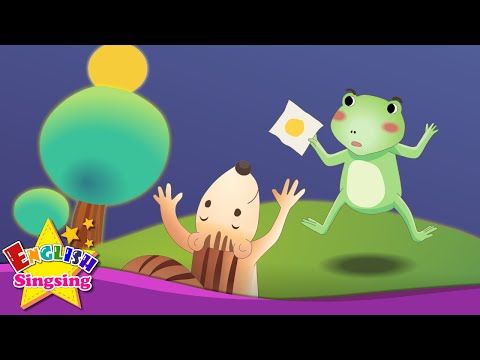 Estonia, 2017
Estonia, 2017
Another student of Pärn is the Russian director Leonid Shmelkov, who himself loves paradoxes. He called his first small film at the Estonian Academy of Arts "Pearfall".
"Alternative Walk"
Directed by Ivan Maksimov. Russia, 2017
The everyday life of fantastic creatures is a favorite topic of Ivan Maksimov, the first teacher of Shmelkov, a teacher at the SHAR studio school, a remarkable Russian master of poetic absurdity.
Sunday (Dimanche)
Directed by Patrick Doyon. Canada, 2011
Patrick Doyon's Canadian film with elements of absurdity, nominated for an Oscar a few years ago, was not made for children, but about a child. But teenagers will understand this story about a dreamy boy feeling lonely at an adult holiday.
But teenagers will understand this story about a dreamy boy feeling lonely at an adult holiday.
III Fairy tales and fantasies
Of course, fairy tales are the most traditional children's genre. But in modern animation, it is also undergoing changes: it has more realities of today, irony and unexpected twists even of classic plots.
Two Trams
Directed by Svetlana Andrianova. Russia, 2016
One of the latest Soyuzmultfilm festival hits is a film by Svetlana Andrianova based on a poem by Osip Mandelstam. But Mandelstam's story about two brothers here turned into a story about the love of a mother and son. The son grows up, and the mother grows old. And of course, one of the strongest places in this film is the cardboard old Leningrad with paper townspeople, invented by the artist Anna Desnitskaya.
About Mom
Directed by Dina Velikovskaya.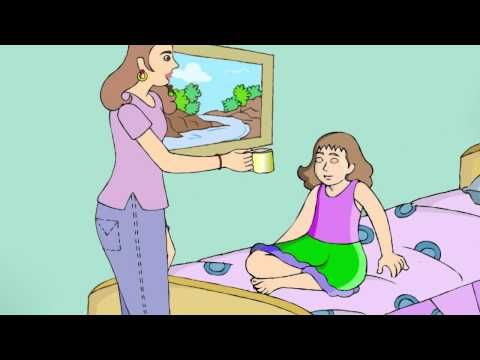 Russia, 2015
Russia, 2015
Traveled to all festivals and Dina Velikovsky's first animated film, also a story about a mother who gives everything to her children. This is her diploma at the Moscow school-studio "SHAR".
Merlot
Directed by Marta Gennari and Giulia Martinelli. Italy, 2016
One of the funniest and most paradoxical interpretations of famous fairy tales: two Italian diploma students of the film school in Turin, Marta Gennari and Giulia Martinelli, made a wine parody of Little Red Riding Hood.
"Dark, Dark Woods"
Directed by Emily Ginu. Denmark, 2017
A fairy tale about a naughty princess who is more interested in walking in a terrible night forest with monsters than living according to a royal routine was filmed by a student of the Danish film school The Animation Workshop Emily Zhinyu.
Fears
Directed by Nata Metluh. Canada, 2015
Another metaphorical story about the benefits of fears that can save us is in the film by Nata Metluh, an American student from the Vancouver film school.
IVProblem stories
Today, animation tries quite a lot to talk to children about difficult topics, special projects are aimed at this, for example, disability, gender issues, mental problems, etc. One of these topics is death: in recent times many short films have appeared that explain to children what death is, and tell that their beloved grandparents will someday die and how to survive it.
"Grandfather" ("A gong")
Directed by Jozo Zheng, Tena Galovich, Marin Vargy, Yen-Chen Liu, Ellis Kayin Chan. France, 2018
The film by the graduate team from the French film school Gobelins tells the story of a Thai boy who attends his grandfather's traditional funeral and doesn't really understand what happened.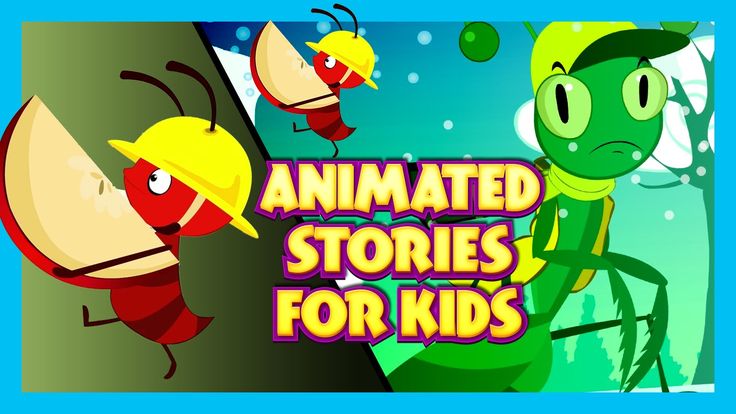 But when grief caught up with him, he met the reincarnation of his grandfather in a small green dog.
But when grief caught up with him, he met the reincarnation of his grandfather in a small green dog.
"My grandfather was a cherry"
Directed by Olga Poliektova, Tatyana Poliektova. Russia, 2015
With this film based on the book of the same name by the Italian Angela Nanetti, sisters Olga and Tatyana Poliektova, Russian directors, several years ago got into the long list of the Oscars. It also talks a lot about how to survive the death of loved ones.
The Present
Directed by Jacob Frey. Germany, 2014
Baden-Württemberg Film Academy diploma student Jakob Frey, based on a comic book by Fabio Koala, talks about disability with humor.
Alike
Directed by Daniel Martinez Lara and Rafa Cano Mendez. Spain, 2015
A film by Spanish directors Daniel Martinez Lara and Rafa Cano Mendez about how a father, trying to teach his cheerful son to do everything right, runs the risk of raising him to be a boring person who has forgotten how to dream.
"One Small Step"
Directed by Andrew Chesworth and Bobby Pontillas. USA, China, 2018
The Oscar-nominated film by American directors Andrew Chesworth and Bobby Pontillas retells the classic American dream through the story of a shoemaker's daughter who dreamed of becoming an astronaut.
Kitbull
Directed by Rosana Sullivan. USA, 2019
This film by American Rosana Sullivan came about as a result of a special project by the famous Pixar studio, which allows animators working there to make their own films on a small budget.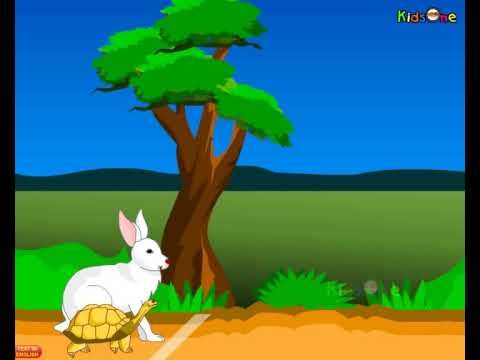 The story of the friendship of a snobby yard kitten with an unfortunate pit bull, which is beaten by the owner, was nominated for an Oscar in 2020.
The story of the friendship of a snobby yard kitten with an unfortunate pit bull, which is beaten by the owner, was nominated for an Oscar in 2020.
VJokes
Cheerful and sentimental jokes, usually made by graduate students (especially French), demonstrating their screenwriting skills along with famously invented gags and animation skills, inevitably become not only participants in festivals, but also Internet hits. Most often, such films are made using the technology of three-dimensional computer animation.
"14"
Directed by Julier Coutlier, Charlotte Da Rho, Cyril Flu, Amelie Graffet, David Juren Roxane Martinez. France, 2015
A film made by a group of graduates from the French film school Supinfocom about a famous cyclist who participated in the 1914 Tour de France. The athlete leaves the track, finds himself in a village among his admirers and gets into many funny situations that prevent him from returning.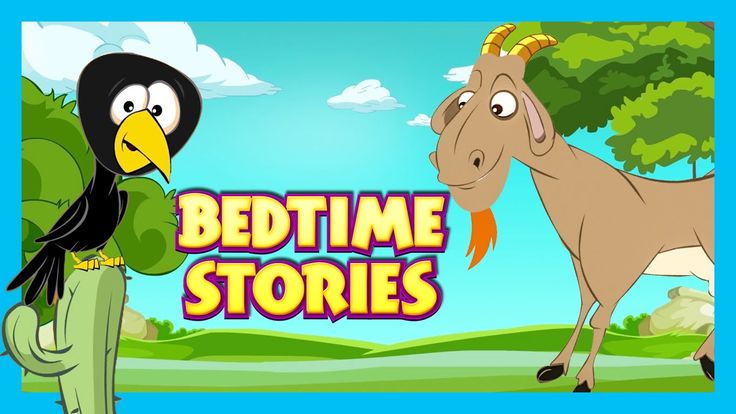
Jubilee
Directed by Coralie Sude, Charlotte Piogé, Marie El Kadiri, Marion Duvert, Agatha Marmion. France, 2016
This film was also made by a group of French students from the MoPA 3D Animation School. The plot, however, is English here, and it begins with the fact that the queen, leaving Buckingham Palace, flew off her hat, and not only the guardsman, but also Her Majesty's favorite corgi ran after her.
"Like an elephant in a porcelain shop" ("Comme un éléphant dans un magasin de porcelaine")
Directed by Louise Chevrier, Luca Fischer, Rodolphe Grozance, Marie Guyon, Estelle Martinez, Benoît Paillard, Lisa Rasasonbat. France, 2017
And another film by French diploma students, this time from the ESMA film school. A literal illustration of the expression "elephant in a china shop", which gives many opportunities to play with the fragility of porcelain and the clumsiness of a giant elephant in a small shop.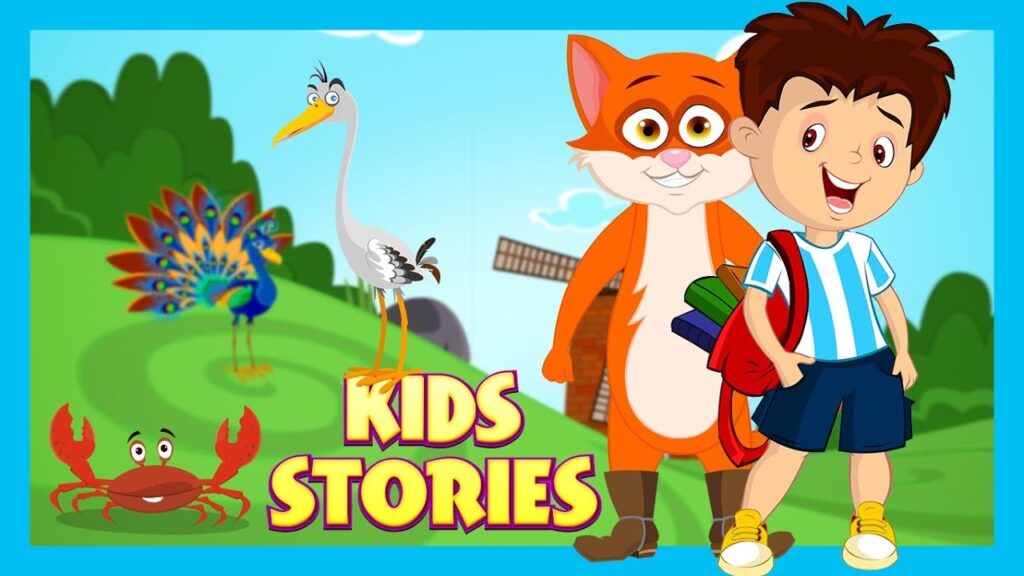
Through virgin snow (Hors piste)
Directed by Leo Brunel, Loris Cavalier, Camille Jalaber, Oscar Male. France, 2019
There are many excellent film schools in France, and this film was made by graduate students of the École des Nouvelles Images. This is, in its purest form, an anecdote based on gags about would-be rescuers carrying a fallen skier from the mountains (in terms of structure, the film resembles the famous English cartoon about a couple of ritual agents carrying a coffin - “Lid Up”).
"Belly Flop"
Directed by Jeremy Collins and Kelly Dillon. South Africa, 2018
A film by South African directors Jeremy Collins and Kelly Dillon about a ridiculous but fearless little diver who finally gets applause.
VIBirds, animals and reptiles in 3D
Among those who work with short three-dimensional computer animation, there are not many masters who are able to play with the realism of characters and environments - complex textures, light, movement.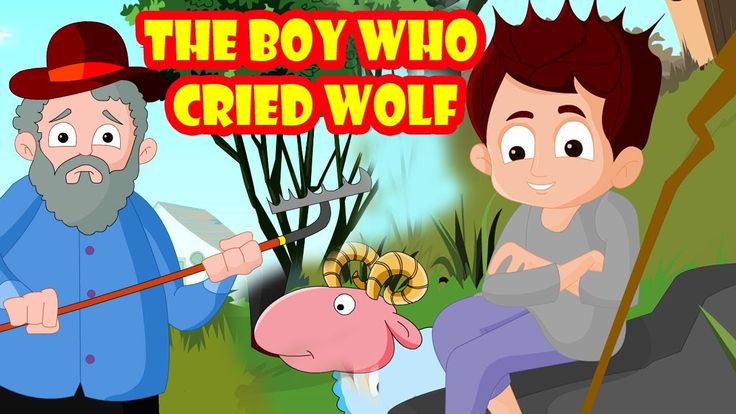 Of course, the main leader and guru in this area is Pixar. In each of its short metres, new possibilities of computer imaging are developed: the looseness and softness of clouds, the reflection of light on wet surfaces, the transparency of water and the fluffiness of wool.
Of course, the main leader and guru in this area is Pixar. In each of its short metres, new possibilities of computer imaging are developed: the looseness and softness of clouds, the reflection of light on wet surfaces, the transparency of water and the fluffiness of wool.
Piper
Directed by Alan Barillaro. USA, 2016
A striking example of Pixar animation is Alan Barillaro's film about a sandpiper chick growing on the seashore. The film won an Oscar in 2017.
5 meters 80 (5 meters 80)
Directed by Nicolas Devaux. France, 2012
Of course, Pixar is not exhausted. One of the best and most paradoxical animators and directors depicting realistic animals in the most incredible situations (for example, giraffes doing synchronized swimming, as in this film) is the Frenchman Nicolas Deveaux.
Tennis de table
Directed by Nicolas Devo. France, 2017
Now Deveaux has made an entire series for television called "Athletics", consisting of microfilms, where realistic animals - from hippos to turtles - compete in Olympic sports, each in accordance with the characteristics of their anatomy, build and habits, which is especially funny. Despite the fact that this is a television project, festivals also love it very much.
"Maestro"
Illogic Group. France, 2019
Music from the Bellini opera performed by the choir of forest animals and reptiles. A film by an unexpectedly sparkling team called Illogic, consisting of six graduates of the French film school MoPA.
VIIJokes and paradoxes
Cute jokes, sometimes more story-driven, sometimes less, is also one of my favorite animation genres, where everything is decided through a picture and visual metaphors. In what other art, for example, can one make a whole story exclusively about a cold?
In what other art, for example, can one make a whole story exclusively about a cold?
Perfect Houseguest
Directed by Max Porter and Ru Kuwahata. USA, 2015
The American couple of directors Max Porter and Ru Kuwahata, who recently became famous for their Oscar-nominated puppet film Negative Space, before their main hit filmed a tiny charming sketch about a mouse that cleans up the house where it mink. This film, as Ru said, she came up with in order not to be so afraid of the mice that settled in their house.
The Kiosk
Directed by Anete Mielece. Switzerland, 2013
Anete Melec, a Latvian graduate student of the Swiss film school HSLU, made a very elegant and joyful film in which a shopkeeper dreaming of distant lands and the sea, in the most unexpected way, fulfills her dream.
"Afternoon Class"
Directed by Seoro O. South Korea, 2015
Young South Korean director Seoro Oh's grotesque films have also become festival favorites. Seoro, who loves exaggeration, devoted his graduation film to an irresistible sleep that cuts down everyone in the classroom - from schoolchildren to teachers.
"(OO)"
Directed by Seoro O. South Korea, 2015
runny nose, from which he constantly suffers. And it's a complete set of incredible metaphors about noses, snot, sneezes, and everything that is familiar to anyone, especially during the period of seasonal colds, when this film with its excess seems even comforting.
"A Single Life"
Studio Job, Joris & Marieke. The Netherlands, 2014
The Dutch studio, named after its creators, young directors and former classmates Job, Joris & Marieke, works with 3D computer animation of a very recognizable design: people resemble skittles. And they became famous a few years ago when they made a short paradoxical film about time travel to the sound of a vinyl record. And this film not only won a mountain of festival prizes, but was also nominated for an Oscar.
Golden Oldies
Directed by Dan Velsink and Jost Liuma. 2016
And finally - one more time travel with rock and roll that does not let you get old (remember, in Gianni Rodari's book there was Benvenuto - Not sitting for a minute, who grew old, as soon as he sat down or lay down for even a second? ), a film directed by Dan Velsink and Joost Liuma at the Dutch studio Frame Order.
24 cartoons for the little ones
What if you are not six
Children's TV
The best cartoons for any age
Cartoons of Dina Goreder
Cartoon Cartoon Cartoon Cultivals advises what to look at
“Children's room“ Children's room “Children's room“ Children's room » in the application "Radio Arzamas"
Scientists and experts talk about the Ancient World, life in other countries, classical and modern music and much more
Children's room
Special project
Children's room Arzamas
Tags
Children
Cinema
Radio Arzamas Narodnaya Volya:
the first Russian terrorists king
Do you want to be aware of everything?
What can I do to avoid losing my subscription after Visa and Mastercard leave Russia? Instructions here
Children's animation art.
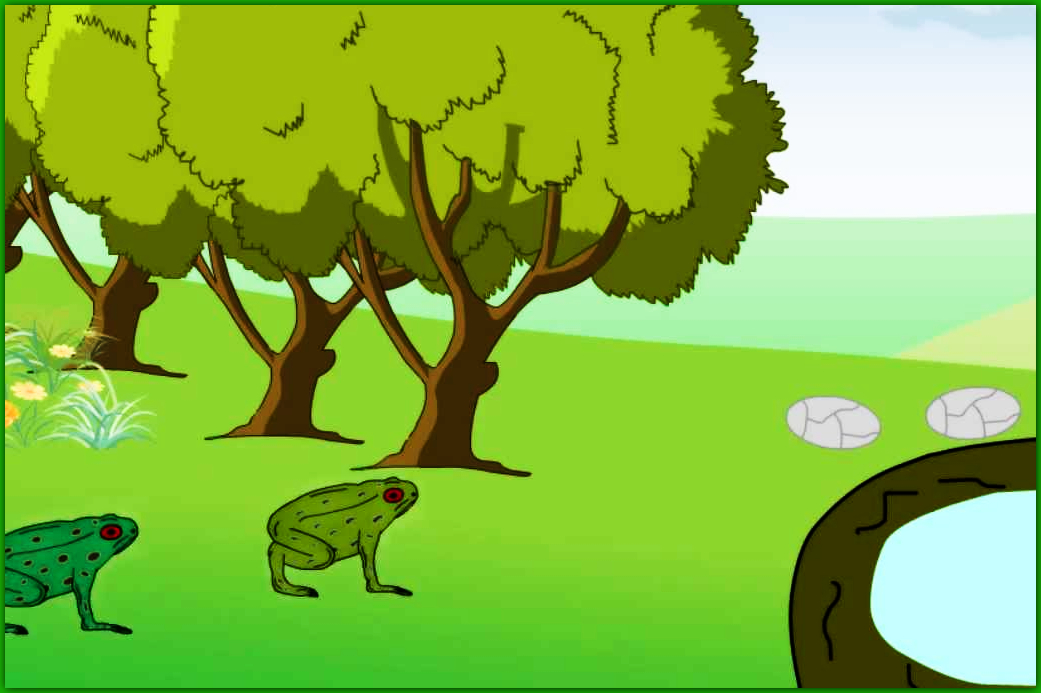 We make cartoons with children
We make cartoons with children ... The first time I explained - they didn’t understand, the second time he explained - again they did not understand, the third once explained - he understood ...
F.S. Khitruk
One of the most optimal innovative educational tools, education and socialization of Russian children in the XXI century is the introduction of animation technologies (animation) into educational activities. Animation - type of cinematography which are created by the method of time-lapse shooting successive phases of movement hand-drawn (graphic or hand-drawn animation) or volumetric (volumetric or puppet animation) objects. Animation (from Latin multiplicatio - multiplication, increase, increase, increase) techniques for getting moving images, illusions.
The authors of this article are professional animators and work in additional education for over 10 years. Four years ago in the center of children's creativity "Sviblovo" we organized a children's animation studio "Dragonfly". During the existence of a studio for the work of our students received prestigious awards at numerous festivals and competitions of children's creativity: district, city, all-Russian and international. Today we want to bring some summary of this activity and share with teachers stepping on this path experience creating cartoons with children.
Four years ago in the center of children's creativity "Sviblovo" we organized a children's animation studio "Dragonfly". During the existence of a studio for the work of our students received prestigious awards at numerous festivals and competitions of children's creativity: district, city, all-Russian and international. Today we want to bring some summary of this activity and share with teachers stepping on this path experience creating cartoons with children.
Creativity is teamwork. The educational component of training develops not only from the ability of the guys to immerse themselves in atmosphere of creativity, freedom of choice, activation of fantasy, but also of the ability organize your workplace, plan sequence of work on the creation animated film. There is not only artists or only those who are good understands information technology. Every child can try their hand at various activities, choose preferred or a combination of different activities. We have no task teach all children some kind of art, as animation (cartoon) creativity is synthetic art form many others (literary creativity, musical creativity, artistic creativity, etc.). Animation creativity allows you to develop creative abilities children, to identify talents, abilities. Animation like no other can become the best projective technique, "litmus paper" to identify children's giftedness.
We have no task teach all children some kind of art, as animation (cartoon) creativity is synthetic art form many others (literary creativity, musical creativity, artistic creativity, etc.). Animation creativity allows you to develop creative abilities children, to identify talents, abilities. Animation like no other can become the best projective technique, "litmus paper" to identify children's giftedness.
Any child who first comes to animation studio, wants to make cartoons. But, when asked what the children would like to shoot about cartoons, only a few respond with confidence; does not bring ready-made scripts nobody. And this is not surprising, because children, for some exceptions, don't know yet features of the creative process of creating cartoons. Our goal is to make it accessible explain to the children the essence and stages of this process.
Every cartoon is based on a story, scenario. When we ask a child what he is talking about I would like to make a cartoon, we give him paper in his hands and a pencil and ask you to write a story (in the nursery animation studio "Dragonfly GBOU TsDT "Sviblovo" accepts children from 7 years old, as a rule, they already know how to write at this age; if the child cannot write a story yet, we invite him to draw this story in pictures), most tend to write blockbusters with a huge number of characters, battles, continuation, etc. In imagination they represent most often a cartoon filmed in hand-drawn technique, at the level of Disney. But teachers must understand that the process of creating hand-drawn Animation is extremely time consuming and complicated. Explain the laws of animation to a seven-year-old (and even fourteen-year-old) child is very difficult, and if necessary? In this case, the teacher must have specific knowledge and skills and be able to make a cartoon cartoon ( cartoon – key lineups that creates animator). Our work experience show that children can master simple exercises like animating the ball and the pendulum, but it's not enough to "animate" those complex scenes that are presented to the child in imagination. Therefore, we offer children use the following animation technologies : animation of objects and objects, puppet (3D) animation, sand animation, hand-drawn translation ( overlay – animation technology based on flat puppet. Characters cut from thick paper, celluloid, move (animated) directly below the camera, plasticine animation, silhouette animation).
In imagination they represent most often a cartoon filmed in hand-drawn technique, at the level of Disney. But teachers must understand that the process of creating hand-drawn Animation is extremely time consuming and complicated. Explain the laws of animation to a seven-year-old (and even fourteen-year-old) child is very difficult, and if necessary? In this case, the teacher must have specific knowledge and skills and be able to make a cartoon cartoon ( cartoon – key lineups that creates animator). Our work experience show that children can master simple exercises like animating the ball and the pendulum, but it's not enough to "animate" those complex scenes that are presented to the child in imagination. Therefore, we offer children use the following animation technologies : animation of objects and objects, puppet (3D) animation, sand animation, hand-drawn translation ( overlay – animation technology based on flat puppet. Characters cut from thick paper, celluloid, move (animated) directly below the camera, plasticine animation, silhouette animation). We talk about each of them, show cartoons shot in these techniques, including, children's cartoons. Screening of cartoons filmed other children are very energizing children of creative energy.
We talk about each of them, show cartoons shot in these techniques, including, children's cartoons. Screening of cartoons filmed other children are very energizing children of creative energy.
For better assimilation of educational material, we we break the creative process into several stages. Not required to work strict adherence to the sequence of these stages, but our experience shows that exactly acquired knowledge in this order most easily interiorized.
First stage . Children really want start filming on the first day of class, and we we give them this opportunity: we offer to mold from plasticine character, come up with about him a short story (sketch) and shoot frame by frame. By program in the children's group should be no more than 8 people, but more often in our groups 10-12 are hired person, and despite this number, remove all sketches are possible for 2-3 lessons. Next teacher We perform installation and show to children resulting result. Why is this done: Firstly, the guys immediately understand that it is not enough to move the character five or seven times, to make an interesting scene. Secondly, they see that just "shaking" is not enough: need a clear story. Third, they start realize that animation is a very laborious process. So the guys are ready. take the information further.
Why is this done: Firstly, the guys immediately understand that it is not enough to move the character five or seven times, to make an interesting scene. Secondly, they see that just "shaking" is not enough: need a clear story. Third, they start realize that animation is a very laborious process. So the guys are ready. take the information further.
Second stage. We offer children make a collective cartoon scenario. As a basis for the script, you can take a ready-made fairy tale (cartoon based on a fairy tale Grimm Brothers Gingerbread House. Children's animation studio "Dragonfly", 2011), poem (cartoon "Top-down" based on a poem by G.V. Sapgir. Children's animation studio "Dragonfly", 2011), someone successful literary debut (cartoon "Lunar cats”, author Ksenia Danilevskaya. Children's animation studio "Dragonfly", 2010) or come up with a script for the whole team (cartoon "Tales of the Underwater World". Children's animation studio "Dragonfly", 2013). We explain to the children that such a storyboard (storyboard - sequence of drawings defining installation plans) and why is it needed, although self-assess the significance of the storyboard the guys will be able only at the next stage, when they will make their own cartoons. Storyboard, according to Fedor Savelyevich Khitruka, this is "... a story about a film in a series drawings, a visual model of time… it is allows you to see the film as a whole, develop initial concept of editing, composition frames, mise-en-scene.
We explain to the children that such a storyboard (storyboard - sequence of drawings defining installation plans) and why is it needed, although self-assess the significance of the storyboard the guys will be able only at the next stage, when they will make their own cartoons. Storyboard, according to Fedor Savelyevich Khitruka, this is "... a story about a film in a series drawings, a visual model of time… it is allows you to see the film as a whole, develop initial concept of editing, composition frames, mise-en-scene.
Storyboarding also involves work production designer on the image and style of the future film…”[9]. At the second stage the children collectively choose the technique in which cartoon will be made, draw or make characters and backgrounds, record replicas. At this stage, you can start learning guys working with a graphic editor, explain frame composition basics, color science. Costs suggest limiting the number of characters to three to five, explain how you can make extras, without resorting to drawing each of its members in separately, how to properly use limited animation, static, etc. Work with literary sources, video editing, cropping, processing drawings in graphic editor and creating animation - all this, definitely done with the help of educators and constitutes the zone of proximal development of children. AT in the future, the guys, gaining experience and skills, able to create such a film on their own. Children are impatient. If the deadline is extended production of the first cartoon exists the risk of not only losing interest in him, but also losing interest in this type of activity in general.
Work with literary sources, video editing, cropping, processing drawings in graphic editor and creating animation - all this, definitely done with the help of educators and constitutes the zone of proximal development of children. AT in the future, the guys, gaining experience and skills, able to create such a film on their own. Children are impatient. If the deadline is extended production of the first cartoon exists the risk of not only losing interest in him, but also losing interest in this type of activity in general.
Third stage . Creating your own cartoon by each student of the studio. Here The teacher needs to be patient will have to mount a large amount of filmed material. For this material to be removed maximum quality (not only well-exposed light and skill process frames in a graphics editor), preparatory work needs to be done which includes: inventing a script, storyboarding, making backgrounds and characters. The teacher should not interfere with creative process. The exceptions are deviant behavior of characters, scenes of violence, murders, the appearance of blood in the frame - for this we immediately taboo. It is worth noting that many modern children tend to portray in their first animated works criminal stories. Probably due to the massive TV. We don't focus on it in particular. attention and gently take children away from these topics, We explain that cartoons should be kind. After the child took off his first cartoon, the teacher mounts it and solemnly shows in class to all members of the nursery groups. The display must be on the big screen. We use for these purposes projector. There is a discussion going on. We are nobody we scold, we do not criticize anyone. The author of the work himself sees his mistakes and shortcomings, irregularities script, inaccurate rearrangement characters in the frame, hands or just the "disappearance" of the character in the background, if not the features of the color-tone solution are taken into account.
The exceptions are deviant behavior of characters, scenes of violence, murders, the appearance of blood in the frame - for this we immediately taboo. It is worth noting that many modern children tend to portray in their first animated works criminal stories. Probably due to the massive TV. We don't focus on it in particular. attention and gently take children away from these topics, We explain that cartoons should be kind. After the child took off his first cartoon, the teacher mounts it and solemnly shows in class to all members of the nursery groups. The display must be on the big screen. We use for these purposes projector. There is a discussion going on. We are nobody we scold, we do not criticize anyone. The author of the work himself sees his mistakes and shortcomings, irregularities script, inaccurate rearrangement characters in the frame, hands or just the "disappearance" of the character in the background, if not the features of the color-tone solution are taken into account.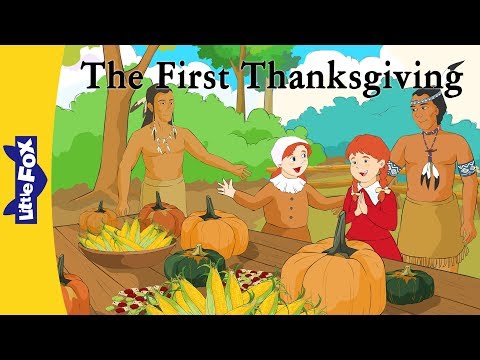 He will complete his next cartoon already with considering these points.
He will complete his next cartoon already with considering these points.
Fourth stage. The guys are invited choose a screenwriter, director, production designer, animators, animators backgrounds, operator, sound engineer. Someone can combine several professions, all voluntarily. The teacher does not interfere , here he is - observer. This stage is very good for teenage group, because the leading activity in teenagers - communication. Interestingly, the leader (director) is not always the same person. Leaders may vary depending on the choice cartoon themes. We have noted an interesting situation when the director of the group got to the hospital, the other members of the film crew did not decided to take on directing work, and performed their executive tasks until then until the director came to class. On this stage, it is desirable for the teacher to demonstrate learners how to make an animatic ( animatic – animated storyboard including main editing techniques for the future film: location objects in the frame, camera movement, etc.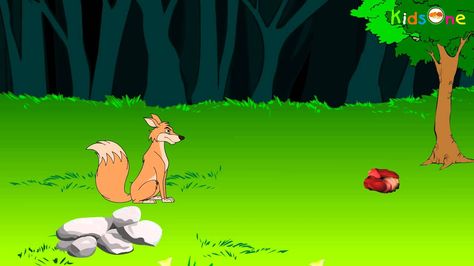 , and filmed in the timing of future scenes, with replicas, musical fragments.).
, and filmed in the timing of future scenes, with replicas, musical fragments.).
For demonstration purposes, it is best to connect computer to the projector and show the process creating animatics online: audio and video track location, cutting frames, actual installation. Necessary take into account what some children are already doing self cartoons at home and this one the visual lesson will be very useful to them. Program training in our studio is designed for three years implementation, and installation of children pass only on third year, so showing the montage animatics by a teacher will be very useful for those children who already do the installation on their own.
Fifth stage. Thesis (graduation project). Graduate work implies self-production cartoon without the participation of teachers.
Consider the age range and the interests of the students. We cannot teach child the basics of mounting if he does not want it. Also, we will not teach the guys to draw, painting and composition: this is the prerogative art schools. On one of the children's festivals we were asked why our children are so draw badly? Why, with all the originality cartoon it is made in a primitive graphic technique? And we answered like this: "Because that we have no goal to teach children to draw. For This is where art schools exist. We learn children in a completely different way, we will give them career guidance.”
Also, we will not teach the guys to draw, painting and composition: this is the prerogative art schools. On one of the children's festivals we were asked why our children are so draw badly? Why, with all the originality cartoon it is made in a primitive graphic technique? And we answered like this: "Because that we have no goal to teach children to draw. For This is where art schools exist. We learn children in a completely different way, we will give them career guidance.”
a whole "bouquet" of professions, and not necessarily phase artist, for example, be able to mount or voice a movie, but he must know the steps animation process. We want to show students animation "from the inside" and, if someone chooses a profession related to animation, we Let's take it as our own merit. By results of annual monitoring from 2009 to 2013 year 40% of our students enter the educational animation-related establishments (out of 100% of children senior school age). 70% of students go to art schools.
70% of students go to art schools.
References:
1. Vygotsky L.S. Imagination and creativity in childhood. Psychological essay. 3rd ed. M. Education, 1991.
2. Zaitsev A.Ya., Kuznetsova M.V. “Problem training of professional personnel animated film." Actual problems innovative and technological education: Materials of the International Scientific and Practical conference February 3-4, 2012 / Ed. prof. Karacheva A.A., Assoc. Kozlova V.G., Assoc. Zimenkova F.N.-M.: PMGU, 2012 - 420s., p.63.
3. Zaitsev A.Ya., Kuznetsova M.V. Theory, methodology and organization of socio-cultural activities. “Psychological and pedagogical aspects of animation creativity in additional education for children”. International scientific journal VESTNIK EDUCATION AND SCIENCE. PEDAGOGY, PSYCHOLOGY, THE MEDICINE. Issue 3(5), 2012.
4. Zaitsev A.Ya., Kuznetsova M.V. "Animation as information technology tool education in primary school» Materials III International Scientific and Practical Conference "Psychology and Pedagogy in the System humanitarian knowledge.

